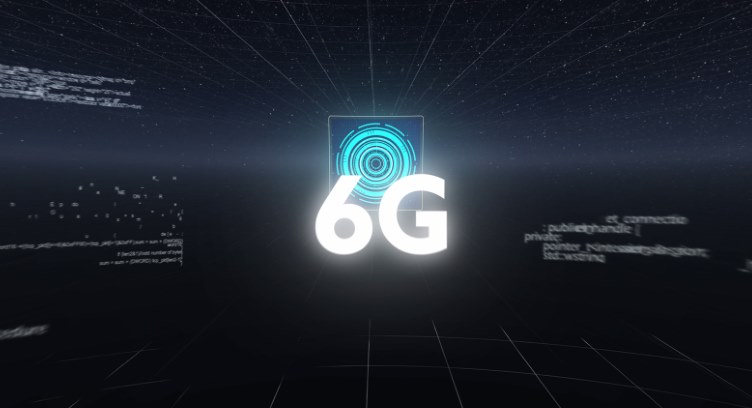You might have just gotten used to 5G, and now people are already talking about 6G. So what is 6G, and why should you care? Don’t worry—this article explains it in plain, simple language that anyone can understand.
First, What Is a “G” Anyway?
“G” stands for “generation.” Each generation of mobile networks brings new improvements. Here’s a quick summary:
- 1G: Let you make basic voice calls.
- 2G: Added text messaging (SMS).
- 3G: Brought mobile internet and email.
- 4G: Made video streaming, apps, and social media faster.
- 5G: Offers super-fast internet and low delay, useful for smart devices and real-time communication.
So, 6G is the next step in this evolution—designed to be even faster, smarter, and more connected than 5G.
What Will 6G Do?
6G is expected to go far beyond just faster phone downloads. It aims to connect everything—people, machines, vehicles, even entire cities—in real time. Here’s what it promises:
- Even faster speeds: Download a full HD movie in less than a second.
- Almost no delay: This “ultra-low latency” could make devices respond instantly, like they’re reading your mind.
- More connections: Support for billions of smart devices, from phones to smart glasses to connected cars.
- Smarter networks: 6G will likely use AI to manage traffic and deliver better service automatically.
Real-Life Uses of 6G
6G isn’t just about faster streaming. Here’s how it could impact everyday life:
- Holograms and virtual presence: You could “beam” into meetings as a 3D image instead of joining a video call.
- Remote surgeries: Doctors could operate on patients from thousands of miles away using robotic tools, thanks to nearly zero delay.
- Smart cities: 6G could power traffic systems, utilities, and emergency response in real time.
- Augmented reality (AR) and virtual reality (VR): Games, shopping, and education could become fully immersive and real-time.
How Is 6G Different from 5G?
6G isn’t just a faster version of 5G—it’s a much bigger leap forward. Here’s how they compare:
- Speed: 6G is expected to be up to 100 times faster than 5G.
- Latency: 6G aims to reduce delay to almost zero, while 5G already has low latency.
- Frequency: 6G will use higher frequencies (like terahertz), which can carry more data but need advanced technologies to work.
- Applications: While 5G supports smart devices and streaming, 6G may unlock truly futuristic tech like brain-computer interfaces.
Is 6G Available Now?
No, 6G is still in the research and testing stage. Experts say we won’t see real 6G networks until around 2030.
Right now, companies, governments, and researchers around the world are working together to figure out what 6G should look like and how it will work.
Who Is Building 6G?
Several countries and tech companies are already racing to lead the development of 6G, including:
- South Korea, Japan, China, and the U.S.: Investing in early 6G research and standards.
- Companies like Nokia, Samsung, Huawei, and Ericsson: Designing the technologies and equipment.
- Universities and government labs: Helping test the science and security behind 6G.
Why Does It Matter for You?
Even if you’re not a tech expert, 6G will likely affect your daily life just like 4G and 5G have. It will:
- Make your devices smarter and faster
- Improve healthcare, education, and transportation
- Support future jobs and industries we haven’t imagined yet
Think of it as the foundation for the next generation of the internet—more connected, more intelligent, and more immersive.
6G in Simple Terms
To sum it up:
- 6G is the next generation of mobile technology, expected around 2030.
- It will be much faster, with almost no delay, and support billions of devices.
- It could power things like holograms, smart cities, and remote medical procedures.
While we’re still using 4G and 5G today, 6G is the next big leap—and it could change the way we live, work, and communicate in the near future.

